A Guide to NAS Brands in 2020 to Buy
Network Attached Storage (NAS) servers are fast becoming an essential piece of kit on the home. Everyone wants to have their own special piece of cloud storage, be it 3rd party cloud providers like Google Drive, Amazon S3 or DropBox, or their own private cloud in the form of a NAS Server at home. The appeal of being access all of your data from anywhere in the world, to back up all of your portable devices at the touch of a button and the ability to watch your entire movie collection from the comfort of your sun lounger is pretty tempting.
Then you can get a little more technical with stuff like iSCSI, Virtual Machines and SnapShots and you can have some serious yet productive fun with your NAS Server. However, with so many different NAS devices available from so many companies, you can spend days looking at them all and still be no closer to choosing the right NAS server to buy. So today we will discuss the main NAS providers and their advantages and disadvantages. By the end of this blog post, you should have a much better understanding about the difference between a Synology NAS and QNAP NAS, which is better for business between a Drobo and a Netgear and should you pick a Thecus over an Asustor.
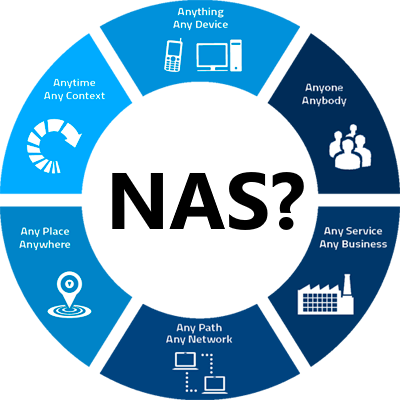
What is a Server? What is a NAS? HELP!
The word server can sometimes bring out a cold sweat in the less technically minded or IT experienced, but in reality, it is a pretty harmless term. A server is a piece of hardware (like a computer) or software (so a program that runs on a computer) that manages, shares and controls data (pictures, videos, word documents, PDFs etc) to a number of people who wish to access them (these are called ‘clients’). That is it. Sure, there are much more complex and expensive servers that are designed to communicate with other servers or computers without human intervention – but in essence, they are all the same thing.
Now where a regular server will give access to your users/clients via your internal network (router or switch) a NAS Server is the same, but it opens up a whole area of accessing it over the internet too. Different NAS servers provide different results and speeds and typically are designed with individual purposes in mind (i.e some are designed with media playing in mind, some with faster backing up and others with Surveillance recordings with CCTV IP Cameras). So first and foremost you have to make sure that the NAS you buy is designed for the tasks you have in mind. A fork and a Spoon are both cutlery, but you wouldn’t eat soup with a fork (maybe a spork).
What is NAS Drive?
Network Attached Storage is currently the most popular means to store, access, share and distribute data across your home, your city and the rest of the world. It provides you with the means to:
- Access your Multimedia on Network devices over DLNA
- Backup all your devices easily and at a time of your choosing, wire-free
- Stream Media over the internet, anywhere in the world
- Share files securely and with full control of how and when they are accessible
- Centralize the storage of your data in one location
- Create Bespoke tiered backup solutions that fit your own needs
Choosing between Synology, QNAP, WD, Drobo, Netgear, Thecus and Asustor NAS
Let’s get our hands dirty and start working out what is the best NAS for you. All the brands have a different target audience in mind and each have their own Pros and Cons. However all of them support a number of similar abilities, software and network basic functionality. So before we talk about what is better or worse about each NAS brand, let’s look at what they all have in common:
Applicable to all
- All are compatible with Mac, Windows, Android and Linux
- All arrive with a selection of included applications and services for tailored data access
- All can be purchased Worldwide and feature regular security updates and firmware improvements regularly
- All can be accessed via Mobile apps available via Google Play and iTunes, though there are more on some other brands than others
- All can be accessed via your web browser – like Chrome, Opera, Safari, and…sigh… Windows Explorer
- All use SATA HDD and SSD, with some having SAS enterprise options too
- All work via the network and can be accessed worldwide over the internet
- 3rd Party applications like PLEX, KODI and APPLE TIME MACHINE are supported
- All arrive DLNA certified, so they will be accessed by your PS3, PS4, Xbox 360, Xbox One, Smart TV or Sonos system to play media
- All are either WiFi-enabled or can have a WiFi dongle attached – though your speeds will suffer
- All when purchased NEW arrive with a warranty of at least 2 years and in many cases more
Why Not Use Cloud Services like iCloud, Google Drive, Amazon S3 or Dropbox?
3 main reasons why a NAS is a superior means of remote access storage compared with 3rd party cloud companies:
COST – The cost of most 2 year subscriptions cost about a month as a low key file server NAS from almost all the vendors. It might seem like just 5 or 10 bucks a month, but over 2 or 3 years, it all adds up and moreover after that time you either need to keep on paying every month or still buy a NAS or DAS system for the data to live on. Might as well buy the NAS sooner rather than later as it will be inevitable eventually.
ACCESS – NAS provides more apps, file-level tailored use and can be better adapted into popular 3rd Party applications like PLEX, KODI, APPLE TIME MACHINE and DLNA supported devices. A cloud provider severely limits the kind of access you have on a regular basis.
PRIVACY – NAS provides full individual user control and access, as well as admin controls. Plus the NAS can be fully disconnected from the Internet/Network at your discretion. A cloud provider has relative pre-set safety protocol that, when cracked one or two occasions, opens up mass hacking (see the iCloud Hack, Yahoo hack, the Fappening and more).
Why Choose Synology NAS? Advantages and Disadvantages

Likely one fo the two NAS brands you have heard of, Synology NAS is the company that invests HEAVILY in its software – and it shows. It may seem one of the most expensive, but with it, you get some genuine boundary-breaking software with your purchase. You still get a great level of hardware in the majority of Synology NAS solutions, but the real draw of Synology is that software. Not only does it support your own hardware environment of PCs, Macs, entertainment devices and mobiles in their own respective software, but DSM also includes MANY applications designed around keeping all your data IN-HOUSE. So, replace Skype/Whatsapp with Synology Chat, Replace Google Docs and Office365 with Synology Office. Use Synology Drive to make your storage visible and accessible the way YOU want it, and export yoru entire cloud/data network over to a Synology NAS and remove all the external access as and when you need! They aren’t the cheapest and they want you to do it ‘there way’, but it’s a pretty decent way.
PROS of Synology NAS
- Easily the most intuative and Usage browser-based GUI (award-winning DSM)
- One of the best Surveillance NAS software solutions
- Most popular vendor for Mac users for it’s UI
- Includes Active Backup Suite – Enterprise level and fully featured Backup Co-ordination software
- Lowest Power Consumption vs other brands
- Quiet chassis compared with other brands
- Task specialised Ranges like ‘PLAY’, ‘PLUS’ and ‘J’ make buying easier
- The best range of first-party software, with Synology Office, Chat, Mail, Drive and more
- SHR and SHR-2 – also BTRFS available in most solutions
- Desktop and Rack-mount options available
- Best software for Home and SMB
CONS of Synology NAS
- Often the most expensive
- Generally, Synology NAS has the lowest hardware power
- More technically minded folk will need to dig a little to get to the nitty-gritty
- May feel limited for those looking to evolve their storage
- Network ONLY – no HDMI, Audio in/out, Thunderbolt, etc
Why Choose QNAP NAS? Advantages and Disadvantages

When it comes to the PC builder, the Indie, the tinkerer or the user who wants a bespoke setup – QNAP NAS is certainly the one that springs to mind. Notwithstanding the fact that their hardware is by FAR the most evolved platform in NAS (thunderbolt 3, multiple HDMI, 10Gbe standard solutions, Silent NAS, AI solutions and advanced SSD caching), the platform is fantastically diverse, providing great NAS options alongside network switches, network adapters and generally reshaping your hardware environment for the better. The software has also evolved dramatically into its own beast, moving away from trying to imitate and carving its own path. It is a little more technically (and I really do mean a little) but it is far more rewarding for it. They do not feature some popular items on their portfolio, such as BTRFS or a fluid RAID system like SHR/BeyondRAID, but make up for this with their own range of alternatives and in most cases succeed. Get your reading glasses on though, as their range is quite vast and might overwhelm you a tad.
PROS of QNAP NAS
- Best Solutions for Plex Media Server in NAS
- 2.5Gbe, 5Gbe and 10Gbe Options
- Best Virtual Machine and Container Solutions in NAS
- The best range of SSD Caching Solutions in the Industry
- Almost all range is metal in design, or a plastic but unique chassis
- HDMI and remote control included in most Media NAS devices
- Thunderbolt NAS options
- Two Surveillance Solutions (with 4/8 Camera Licenses included)
- USB 3.0 DAS Connectivity
- The Best Backup/Synchronization solution in ‘Hybrid Backup Sync 3’
- Technical information far more readily available
- Business-class NAS devices include ZFS as a file system (QTS Hero)
- Lower price compared with Synology in terms of hardware
- User-friendly GUI – But just not quite as nice as Synology, damn close though
- Desktop and Rackmount options available
- Best software for business and Media users
- Much better business options and definitely the best for virtual machines
CONS of QNAP NAS
- A more android feel towards apps and stability means some users will be put off
- Lacking the BTRFS and SHR support of Synology
- Higher typical Power consumption
- Often a fraction noisier due to chiefly metal chassis
- much larger range of devices can lead to confusion
- most units arrive with 2-3 Years warranty, but longer will cost you more
Why Choose WD NAS? Advantages and Disadvantages

WD NAS is a brand that has been around for years (though most know them as a hard drive brand) and Western Digital NAS drives are a firm favourite among students and low-level storage solutions. They have a number of solutions in their WD My Cloud range that supports lite home users all the way to industry-level business users who want robust storage. The software may seem a little sparse and a far cry from Synology and QNAP, but they provide straight forward and clear setup. They WILL seem limited to anyone familiar with Synology/QNAP, but they certainly have a place in the industry. With user-friendly support of Apple Time Machine, Plex and DLNA – They are a great starter NAS with pre-populated options to make them extra affordable.
PROS of WD NAS
- Popular HDD Vendor too, with expertise on their side
- arrive often pre-populated so all warranty is covering Drives+NAS
- Very fast set-up and can be deployed to deploy within 30 mins
- Small+compact – featuring some of the lowest noise and power consumption of all
- USB 3.0 DAS Connectivity
- 3-year warranty on most units
- Some units have 2 x PSU ports for Redundancy
CONS of WD NAS
- EXT4 only
- barely any mobile apps and relies on 3rd party mobile apps to connect over IP/Network settings
- Smaller App selection in-app store
- Limited User Interface
- No HDMI, 10GBe, only USB 3.0 and 1GBe RJ45
- Often much lower specs than Synology and QNAP
- VERY small range
- Desktop Only – No rackmount or Larger options
Why Choose Buffalo NAS? Advantages and Disadvantages

One brand that has danced with the home NAS industry, but pretty much now exclusively business in Buffalo. This brand is one that provides a number of key elements that businesses love. Robust and Rugged hardware design, Empty or Pre-Populated NAS solutions, Customizable Warranty options, Windows Server Pre-Installed Solutions, 10Gbe at an affordable Price and jsut generally being an enterprise/Business solution through and through. They lack the sexy/indie vibe of other brands, but that is not their target demographic – they want the user who wants storage that is simple, reliable and ‘setup and forget’. This means that on the face of it, they will seem quite pricey, but that is because you have to factor in the inclusion of hard drives, the service+support and the industrial level construction.
PROS of Buffalo NAS
- Great Price vs Hardware
- Improved GUI
- Fantastically Rugged Construction
- Lowest Priced 10Gbe Solutions
- Can be purchased pre-populated, so warranties are all covering
- Desktop and Rackmount options
- Similar Hardware to Netgear, but at a Lower Price
- Straight forward range and classification
- EXCELLENT Windows Storage Server NAS devices, with inbuilt Windows Server 2016 for FAST deployment
- Better Standard Warranty Length and more bespoke Recovery/Destroy options available
- Easier and more customizable Warranty Extension options
CONS of Buffalo NAS
- Very Few Mobile Apps
- More focused on Business Users
- Poor power consumption and dated design
- Weak CPU choices on the whole
Why Choose Netgear NAS? Advantages and Disadvantages
![]()
One brand that has probably the longest history in network solutions is Netgear – pretty much ANYONE has heard of them, whether it was because your first switch/router came from them, or because they have such a squeaky clean reputation. The NAS solutions, much like Buffalo, are very industry-focused, but arriving with a few more features in the GUI department than them. Also arriving with pre-populated options and a diverse warranty structure, they do give alot to business users. They may seem a little ‘blah’, but what they lack in sizzle, they make up for in sausage.
PROS of Netgear NAS
- Huge Mac and Windows Support
- Fantastic Network configuration options
- rugged and sturdy metal design
- Often longer warranties than other brands like-for-like
- Can be purchased pre-populated, so warranties are all covering
- Supports usual RAID levels, as well as X-RAID and X-RAID 2 – Expandable RAID volumes not unlike SHR
- Desktop and Rackmount options
CONS of Netgear NAS
- High price Tag
- Despite Business targeting, very poor support of 10GBe
- Small App selection
- Limited User Interface
- REALLY confusing range
- Not designed for a newbie – and larger units may need a dedicated IT guy
- High power consumption and not the quietest
Why Choose TerraMaster NAS? Advantages and Disadvantages
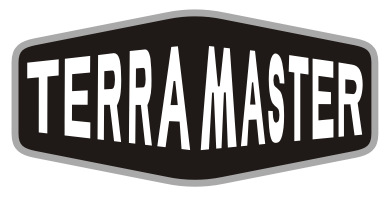
One brand that I have always had a personal love for is TerraMaster. This is purely subjective and should be taken with a pinch of salt, but for a brand that no one really knows about, they give ALOT of the key features that other bigger brand advertise alot. BTRFS support is available on pretty much ALL the Intel-based devices, they feature one of the ONLY 4 LAN 2-Bay NAS’, along with an Intel J3455 based 10Gbe 5-Bay solution. Arriving with a thunderbolt DAS range too, Terramaster is a NAS brand that has evolved comparatively quickly and although for the most part, they are only available via Amazon, this has still allowed them to be a recognizable brand. Typically in a like for like hardware comparison with them and companies like Synology/QNAP, you will find them better value for money, and the software (though less diverse or slick than those two big brands) is still pretty smooth and intuative. The chassis design is a little underwhelming, but even that has improved in recent revisions. All in all, they are the best budget NAS solution out there in 2020 and a good entry point into NAS.
PROS of TerraMaster NAS
- Great Price vs Hardware
- Hugely Improved GUI and Client apps
- BTRFS available as file system choice
- Desktop and Rackmount options
- Similar Hardware to QNAP and Asustor, but at a Lower Price
- Straight forward range and classification
- HDMI Support Coming Soon
- More Apps available on the NAS app store than any other Brand
- Very Straight Fordware Setup
CONS of TerraMaster NAS
- Very Few Mobile Apps
- Despite Business targeting, very poor support of 10GBe till recently
- A little dated design
- Only really available on Amazon to buy
- Arrives with Warranty, but the turn around is slower than many
Why Choose Asustor NAS? Advantages and Disadvantages

Another brand that was once a little on the fringe until around 2018, Asustor NAS has really upped their game in recent years, arriving with some impressively affordable 10Gbe solutions with the AS40 series and last year with the ever more impressive Nimbustor 2 & 4 devices. Certainly, a brand that wants to carve its place in the industry, the ASUS connected brand currently offers software features and functionality of Synology (BTRFS and Realtek integrated Processors) along with QNAP challenging hardware in HDMI 2.0a and 2.5Gbe default network ports (which they introduced first). This combined with a much cleaner and significantly improved software GUI in ADM, they have moved much beyond the slightly scrappy outsider vibe they had years ago. Recent additions to the range, such as the LockerStor have even included NVMe SSD caching bays and Xeon powered hardware, so the evolution clearly continues. The software does feel like a good middle ground between Synology and QNAP, even if missing the killer apps and hardware that gave them their market share (Thunderbolt3, SHR, Collaboration Suite, etc) and with a number of their newer releases arriving at a good chunk of $£ lower in price than comparative NAS from others (often more than 10-15% lower in fact).
PROS of Asustor NAS
- Great Price vs Hardware – Often one of the lowest Prices Hardware solutions available
- BTRFS Support
- First Brand to Adopt 2.5Gbe Commercially
- Nice software and still supports Kodi (unofficially), something slowly being pulled from other NAS Software stores
- Good selection of Home and Business NAS devices
- Early Adopter of HDMI 2.0a – so 4K at 60FPS
- VM deployment and Container Support not dissimilar from QNAP, only not quite as flash
- Noise is pretty low on most home devices like the Nimbustor 2/4
- More Apps available on the NAS app store, more than QNAP and Synology
- Product Naming is easier to follow than most brands
CONS of Asustor NAS
- Mobile Apps are very functional but appear a little sparse
- Many HDMI apps seem to be simplified web portals, rather than standalone applications
- Browser-based GUI does not feel quite as smooth as Synology DSM, but on par with others
- Surveillance Center application feels very dated and less intuative than most
Should you buy Budget NAS brands like D-Link or Zyxel?
It should be highlighted that there are more NAS brands available than the ones discussed today. with each passing year more and more brands release their own NAS server for home and business use. However, in many cases, they are either too unreliable, too low on support and features, too technical for anyone with below-bill-gates depth of knowledge and most importantly most all, arrive from a brand without an established reputation. When it comes to buying the right network-attached storage device, you need to know what your buying works, as well as knowing that the manufacturer will be there in the event of a problem. likewise, you are trusting you’re are most likely trusting this brand with your most precious data (some photos and videos are irreplaceable) and from data loss to data theft, choosing the right NAS brand is essential.
📧 SUBSCRIBE TO OUR NEWSLETTER 🔔🔒 Join Inner Circle
Get an alert every time something gets added to this specific article!
This description contains links to Amazon. These links will take you to some of the products mentioned in today's content. As an Amazon Associate, I earn from qualifying purchases. Visit the NASCompares Deal Finder to find the best place to buy this device in your region, based on Service, Support and Reputation - Just Search for your NAS Drive in the Box Below
Need Advice on Data Storage from an Expert?
Finally, for free advice about your setup, just leave a message in the comments below here at NASCompares.com and we will get back to you. Need Help?
Where possible (and where appropriate) please provide as much information about your requirements, as then I can arrange the best answer and solution to your needs. Do not worry about your e-mail address being required, it will NOT be used in a mailing list and will NOT be used in any way other than to respond to your enquiry.
Need Help?
Where possible (and where appropriate) please provide as much information about your requirements, as then I can arrange the best answer and solution to your needs. Do not worry about your e-mail address being required, it will NOT be used in a mailing list and will NOT be used in any way other than to respond to your enquiry.

|
 |
Minisforum N5 NAS, 6 Months Later - Better, Worse, the Same?
Beelink ME Pro NAS Revealed
Best SOLID STORAGE NAS of 2025
Should You Worry About the NanoKVM Hidden Microphone?
Best Cheap NAS of 2025
Minisforum MS-02 Ultra - WHO IS THIS FOR??? (The First 48HRs)
Access content via Patreon or KO-FI
Discover more from NAS Compares
Subscribe to get the latest posts sent to your email.


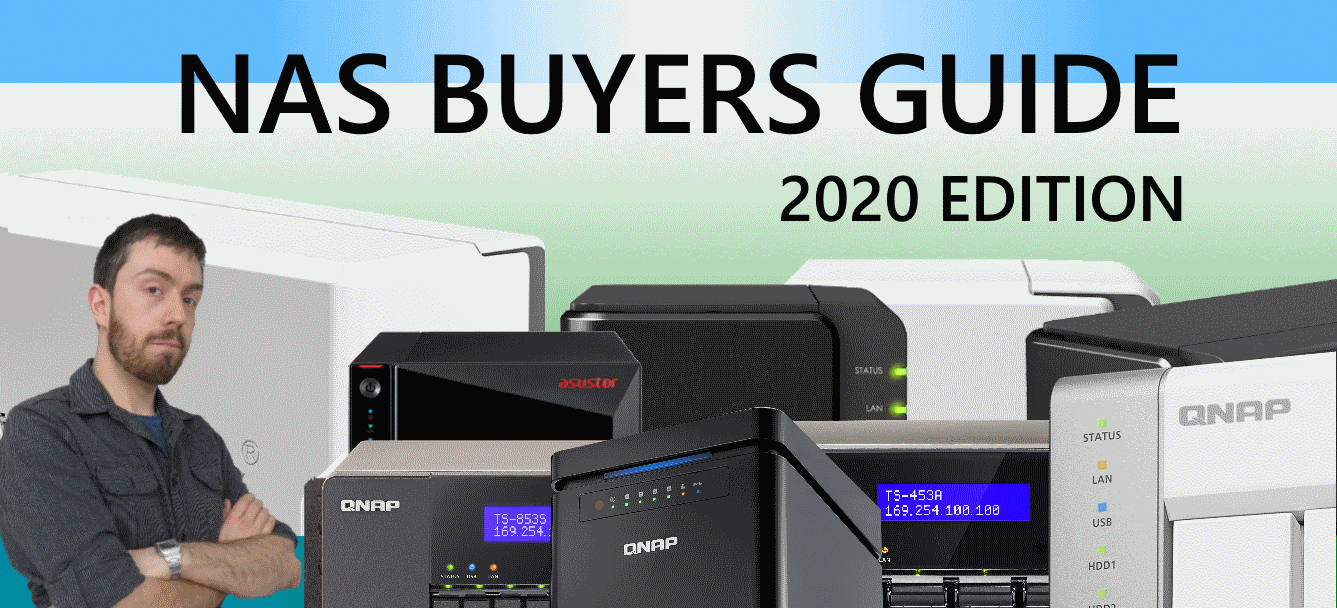
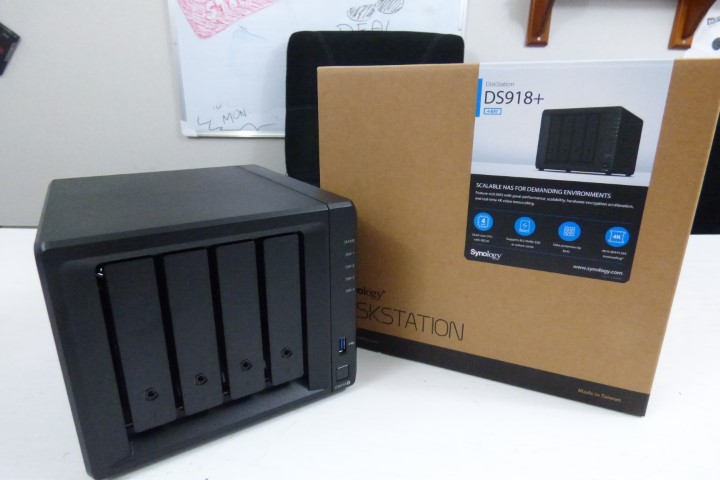
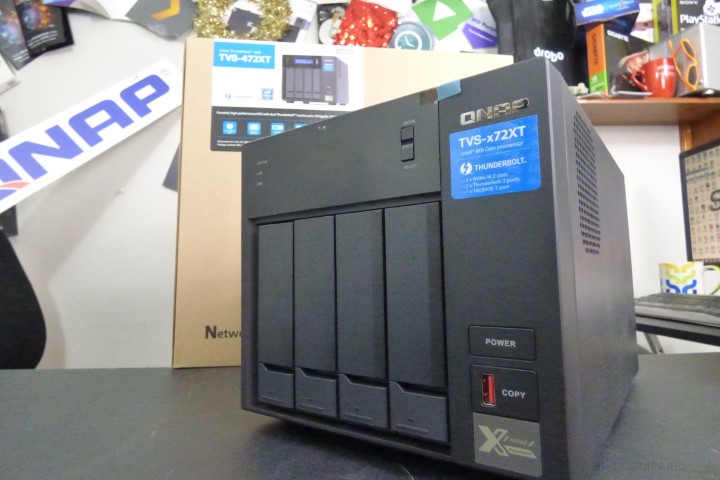
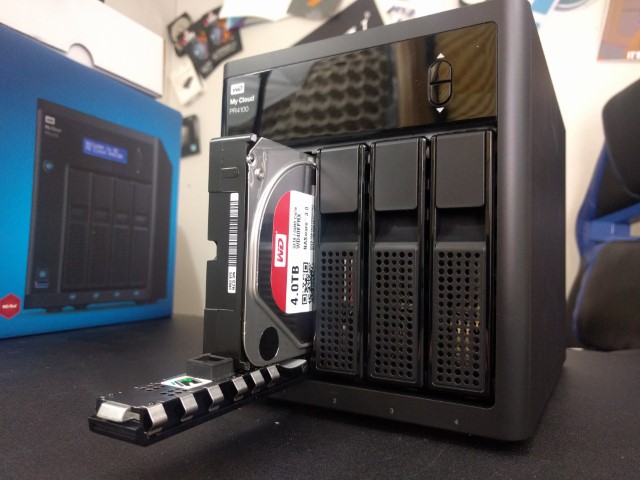
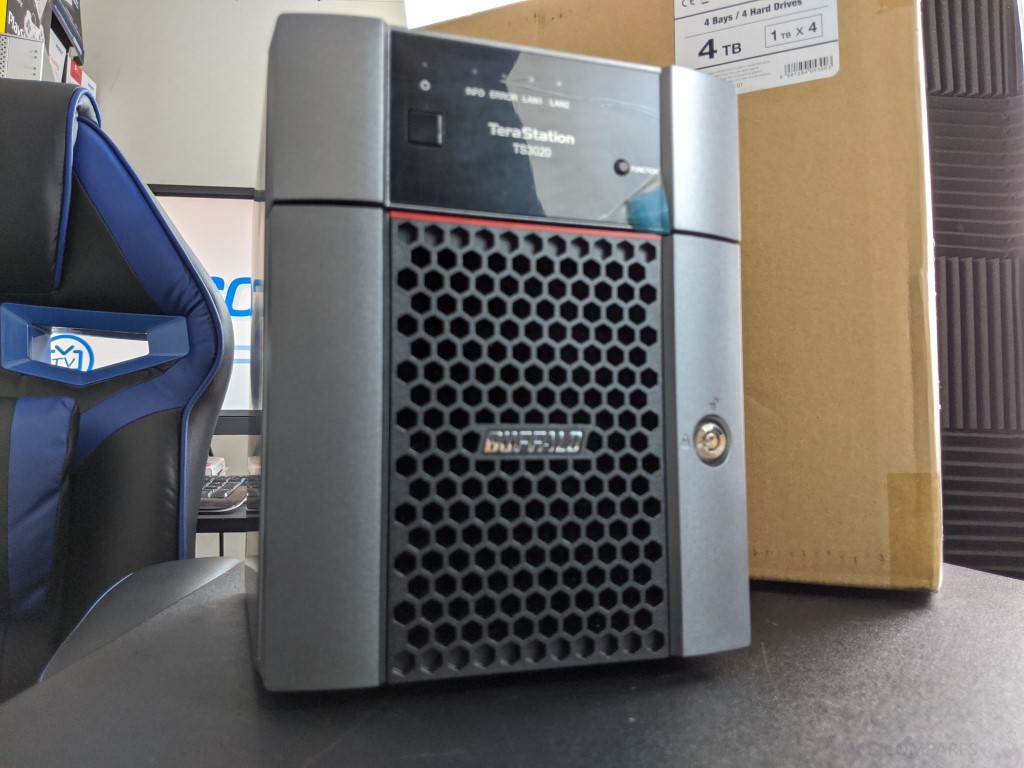
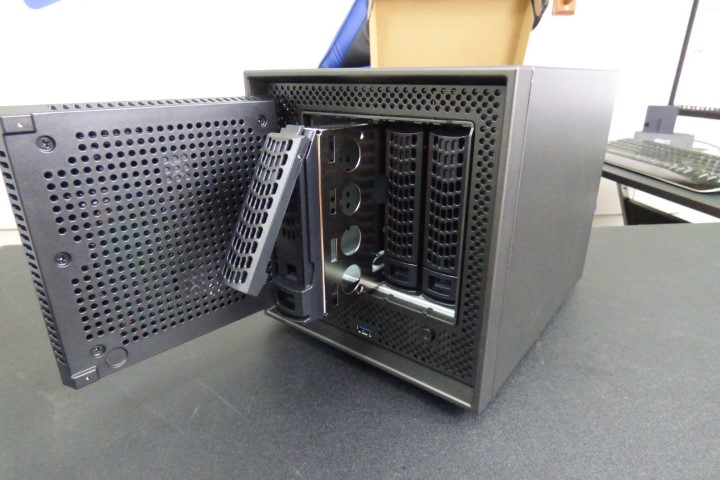

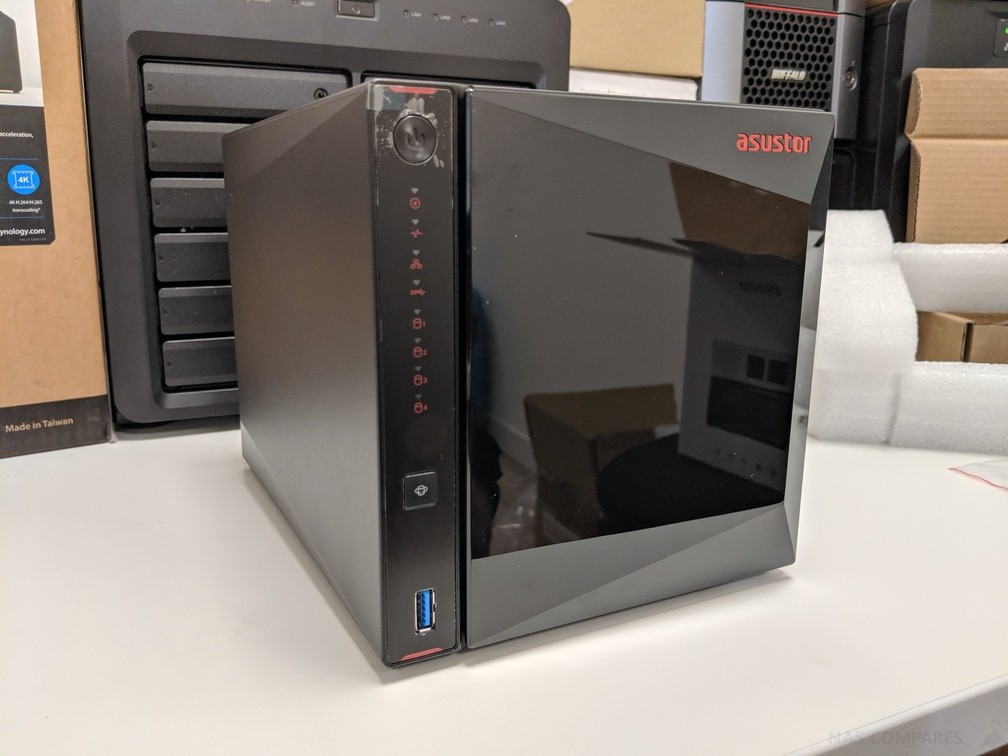



Google auto caption writes “an ass” every time you say nas ????????
Not even kidding right now
REPLY ON YOUTUBE
Your video resolution sucks! Everything is blurry, even with 1080p resolution!
REPLY ON YOUTUBE
PS. I tried Synology Office Spreadsheets out. I imported a file from MS Excel. The data came over but not the diagrams. I could not within SOS make new spreadsheets with diagrams. I have DS 214play, and it is doubtful whether Synology updates DSM for older models. So SO will not work for me.
REPLY ON YOUTUBE
Like all your videos, this one is very comprehensive and informs of the main issues. Now, it seems that you in one passage compare a document with the extension .docx in Google Doc. Can this have anything to do with the lagging performance of Google? It seems that Google Doc performs better with its own format.
REPLY ON YOUTUBE
I like your wristwatch. Is that a Casio?
REPLY ON YOUTUBE
is it just photos or can it do pdf files, illustrator, etc?
REPLY ON YOUTUBE
The Document function is useless. I can’t even open a basic text file with it.
REPLY ON YOUTUBE
Thanks mate. You’re a nice man.
REPLY ON YOUTUBE
100,000 subscribers coming up fast. You earned it!
REPLY ON YOUTUBE
But … my think centre have 12 USB and 4 Sata . But im gonna build one anyways becouse i have like 7 laptops rn and sometimes i Need files
REPLY ON YOUTUBE
In simple English, it’s a storage dive on your network
REPLY ON YOUTUBE
I love a lot of the Synology software, but the Office software is horrible. I installed it to try it. Nope. Done. Fail.
REPLY ON YOUTUBE
I would’ve wished that you would’ve gone into details with workflow
REPLY ON YOUTUBE
My biggest issue is, you can view a synology spreadsheet on your phone, but you can’t edit it. If i’m out and about, I can’t enter in ie a booking, because you can only view a spreadsheet on a phone, not edit it. That’s a deal breaker for me.
REPLY ON YOUTUBE
68 seconds into the video and just rambling. So much circumventing and talking and talking and could you just made the video in 90 seconds. This was not concise nor direct.
REPLY ON YOUTUBE
Thank you so much. I’ve been thinking about setting up one for awhile
REPLY ON YOUTUBE
I tried to do my CV on Synology Office but i can’t place the Photo behind the text, it’s always messed up
REPLY ON YOUTUBE
Will we ever get to the point ?
REPLY ON YOUTUBE
err… I watched it but I still don’t know what a NAS is 🙁
REPLY ON YOUTUBE
So, that’s what a NAS does. But you never answered the question, what is a NAS?
REPLY ON YOUTUBE
More differences in presentation mode of powerpoint files! How do they handle multiscreen and comments?
REPLY ON YOUTUBE
Hi, Thanks for the great video, in synology spreadsheet, is there a way you can find to avoid unintended editing? I used the feature call the protected range, and let the system warn me every time I try to edit the sheet, the sysnology website says there will be a pop up for me to confirm, but I did not see any, no matter I am logging in as the spreadsheet owner or a visitor that has editing permission.
REPLY ON YOUTUBE
I notice that Drobo is mentioned in the title but missing from the article… also many ‘current’ Drobo’s are showing as end of life on websites. I see they were bought out a couple of years ago…have they effectively ‘disappeared’?